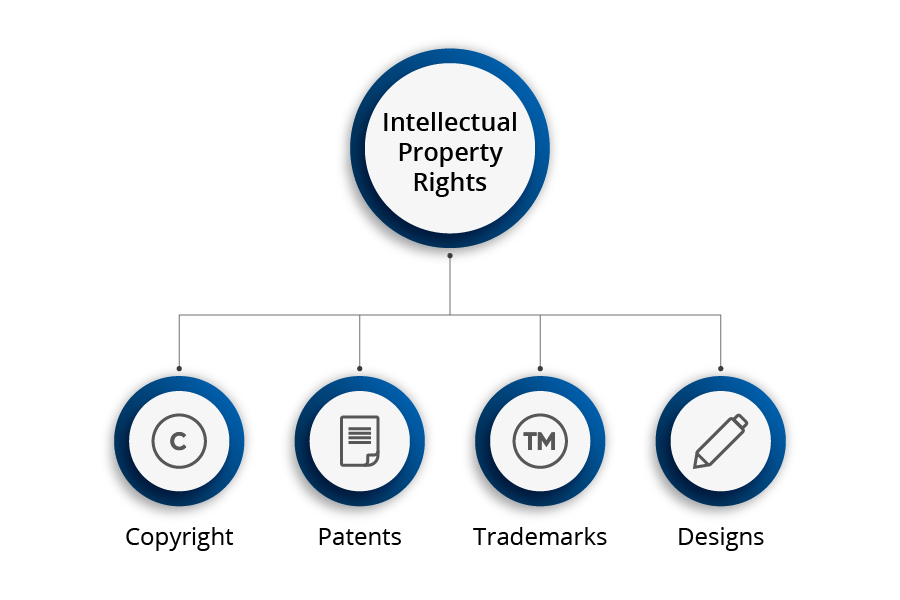Intellectual Property Principles
What is a patent?
In topic one, we discussed the different types of IP rights which cover the creation of new works – Copyright, Trademarks, Patents and Design; and in topic two we looked at the rights which cover creative intellectual property - Copyright law.

In this topic we will see how Patent law is used to protect inventive intellectual property.
What is a patent?
A patent is a legally enforceable right in a new and useful invention, product or process. It is granted by a government office, in a form of a document, upon application by an inventor or inventors. The document describes the invention and recognises its inventor/s. In Australia, patents are governed by the Patents Act 1990 and are granted by the Intellectual Property Office of Australia located in Canberra.
What is patentable subject matter?
Patentable subject matter covers what can or cannot be patented in Australia. In order to be eligible for patent protection, an invention must meet the legal requirements. The Australian law describes patentable subject matter as having five requirements:
- Manner of manufacture
- Novelty
- Inventive step
- Useful
- No secret use.
In the following pages we’ll explore each requirement.
